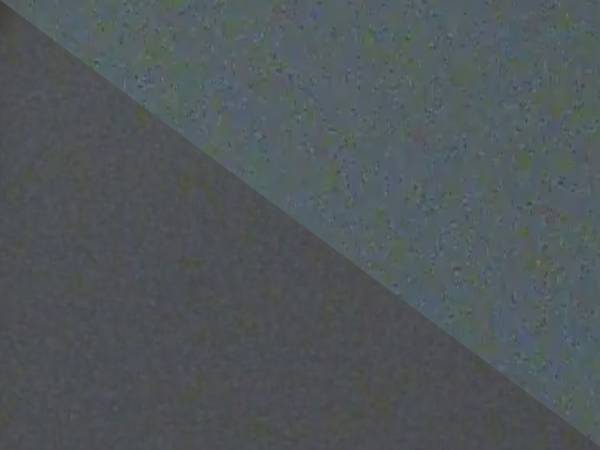I disagree with this statement, too. The center portion of the lens (almost any lens) is much sharper than the corners. In a fisheye lens, straight lines are also much less distorted.jadebox said:What I said is correct. Even if it weren't, there would be a loss in quality just from using less of the lens. It's like having a smaller lens.
Shooting with "less of the lens" can actually improve image quality.






